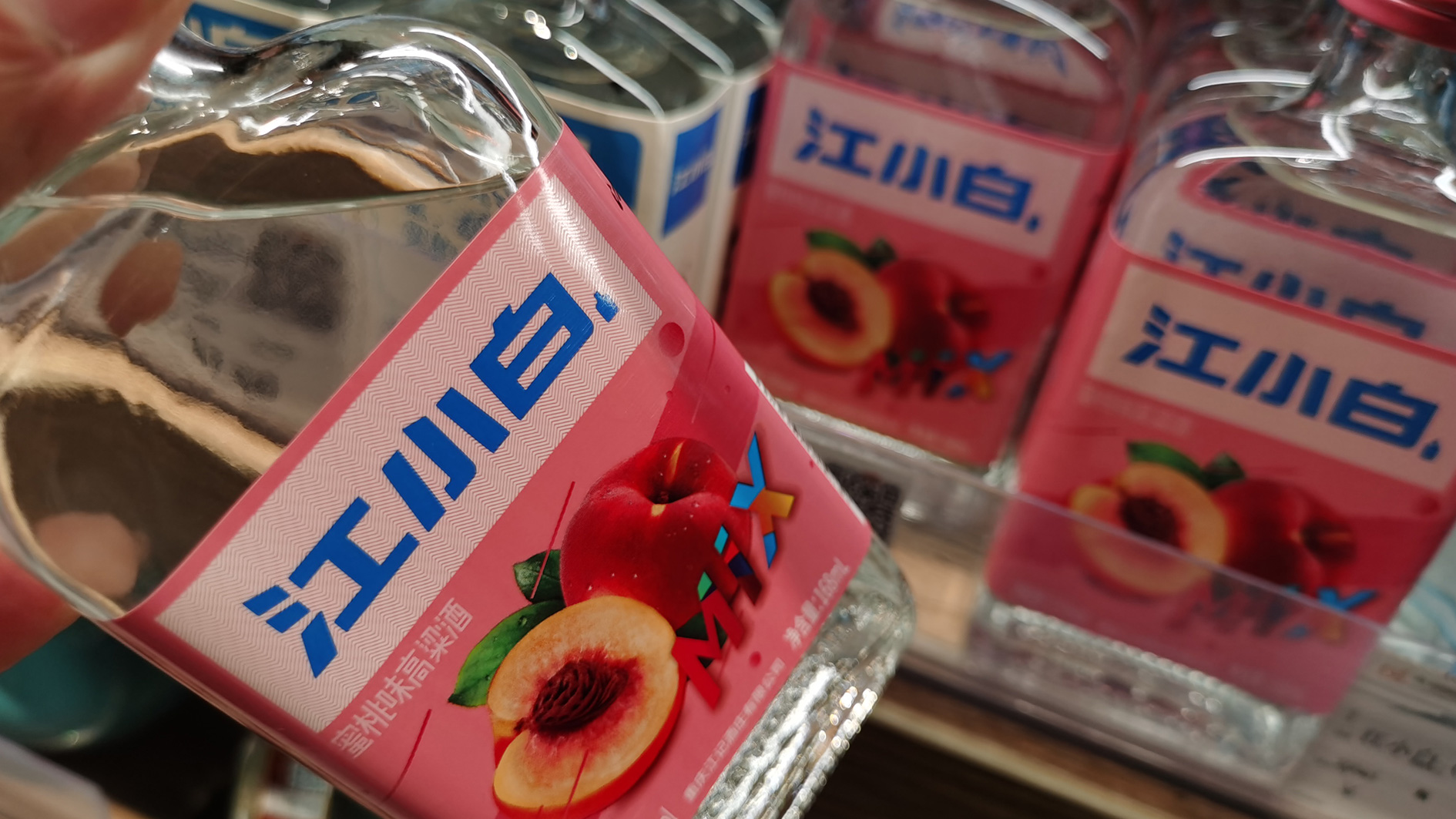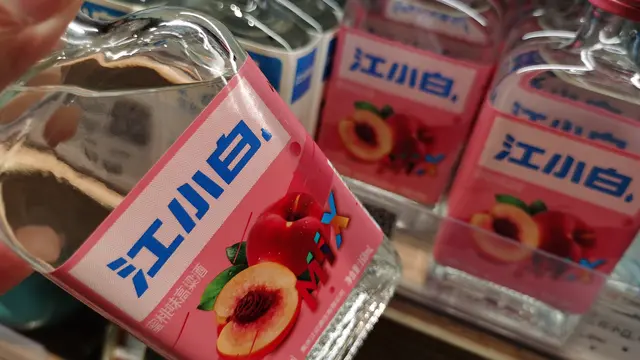04:15

In China, drinking baijiu has been a tradition at gatherings among seniors, but changes are happening in consumer preferences as social media and e-commerce develop. And this year's pandemic restrictions also helped accelerate some of the new trends.
Data aggregator CBNData's recent liquor consumption report showed that baijiu – the Chinese traditional sorghum liquor – has surpassed wine in the past year to become the most popular category in terms of consumer demographics. The post-1995 generation in China – meaning those under the age of 25 – makes up the fastest growing buying power for baijiu.
An important factor in this transition is that Chinese baijiu makers are taking notice of domestic a consumption upgrade and are trying to join the young people's table with low alcohol-by-volume (ABV) products.
One successful example is JIANGXIAOBAI – a young baijiu maker that's making light-flavor sorghum liquor with 40 percent of alcohol or lower. The company launched its fruit-flavored products earlier this year and has recently finished C-round funding. It's also been increasing RD budget in low-abv liquors to better meet consumers' higher expectations.
Tao Shiquan, Founder and President of JIANGXIAOBAI, said the low-abv trend is actually seen globally in categories including South Korea's Soju, Vodka, Rum, and Gin.
On top of that, "light flavored baijiu itself is very tolerant when it comes to infusions, so it goes very well with juice. That's what makes Jiangxiaobai competitive," said Tao.
IWSR Drinks Market Analysis Asia Pacific Research DirectorTommy Keelingalso sees low-abv Baijiu an ongoing trend, but has pointed out some limitations to the market.
"How big the segment can get or how low-abv baijiu might get is hard to tell though. If it goes much under 40 percent it could lose much of its distinctiveness. There are plenty of other low-ABV options such as wine or liqueurs if that's what people are after and I'm not sure baijiu can really compete against those categories," Keeling said.

Cocktail-making tutorials on short video app Douyin. / CGTN
Another trend mentioned in the CBNData report is that Chinese young drinkers are more focused on moderate drinking and health. More young people living in Chinese urban areas are using alcohol to deal with bad mood, work pressure and to enjoy themselves. That's where juice-infused wines, beer and western liquors kick in.
And this kind of drinking was largely moved from public gatherings to homes since the COVID-19 social distancing began in the first quarter.
"The liquor industry took a hit in the first quarter as restaurants and offline-retail were temporarily shut. We are focusing on this new trend. It will be an opportunity that helps us diversify and better counter risks in the future. So far our turnover is back to pre-pandemic levels," said Tao Shiquan.
Various tutorials and vlogs about how to make drinks at home were also shared on social media this year. And materials are now easy to get from online retail.
Keeling believes this segment still has some room to grow.
"Chinese still don't drink much at home and are not that big into preparing their own drinks. The lockdown might well have given this trend a boost but it is still far from widespread. Overall I think the pandemic has accelerated trends that were already in place and many of these, such as e-commerce, will continue to grow after," Keeling said.
(Cover: JIANGXIAOBAI fruit-flavored sorghum liquor. /CFP)
 简体中文
简体中文

